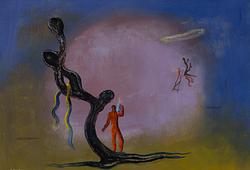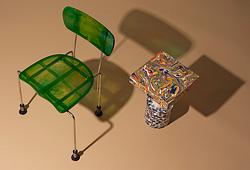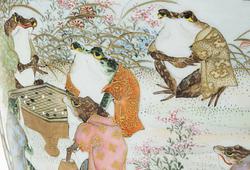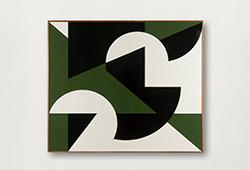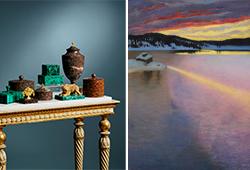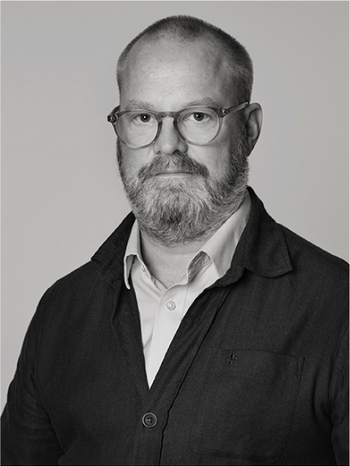Arvid Ahlberg
Arvid Ahlberg, Utklippan Blekinge Archipelago
Signed A. Ahlberg and dated -06. Canvas 38 x 49 cm.
Scratches, surface dirt.
More information
Arvid Ahlberg was not only a traditional marine painter but also a notable chronicler of contemporary life. During his active period as an artist, he created a visual treasure trove that provides an interesting insight into how ship models and shipbuilding techniques evolved from the mid-19th century onwards. Sails were replaced by steam, and wooden hulls were exchanged for iron. Arvid Ahlberg also had a very good knowledge of fishing, and in his visual world, one can trace the development of fishing over time. Arvid Ahlberg was born in Karlskrona in a distinctly "maritime environment," so he inherited this interest from childhood. His father was a long-distance sailor and worked, among other things, as a ship's doctor. Arvid began at the shipyard in Karlskrona and after 10 years became a master. In 1881, he grew tired of the shipyard and decided to go to Düsseldorf to enrol in an art school there. His wife Anna Jeanette accompanied him to the Scandinavian colony, where they socialised with, among others, the artist Axel Nordgren and, of course, Hans Gude, who was also Arvid's teacher. He had some successes, including exhibitions in Germany and Gothenburg. Arvid left Karlskrona in 1887 and settled in Gothenburg, where he would mainly seek his motifs along the Bohuslän coast. He eventually settled on Hönö, where he remained for the rest of his life. Arvid Ahlberg's works are held in several museum collections, including the collections of the Gothenburg Museum of Art and the Norrköping Museum.




